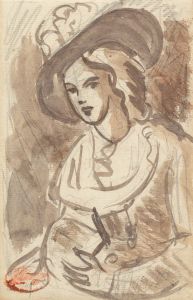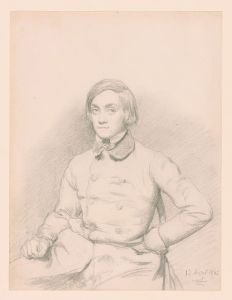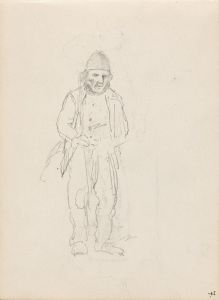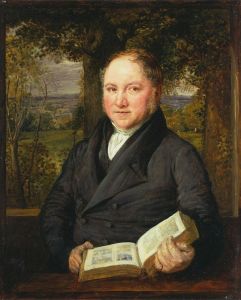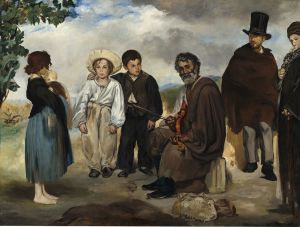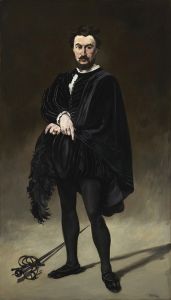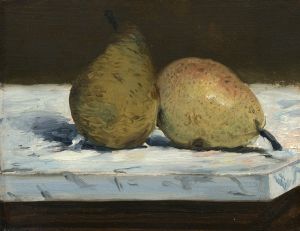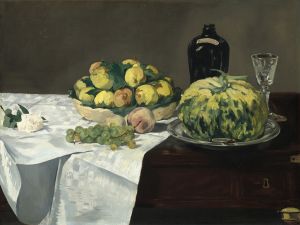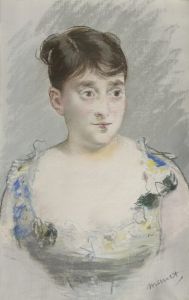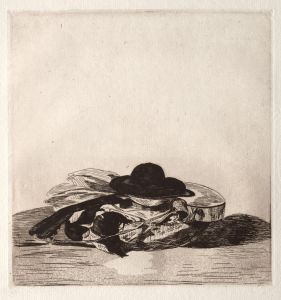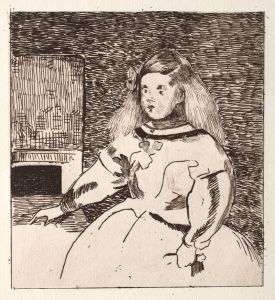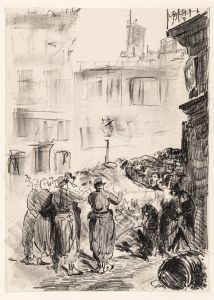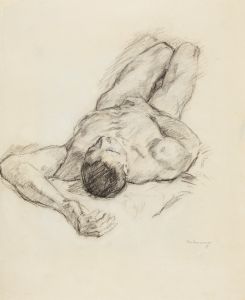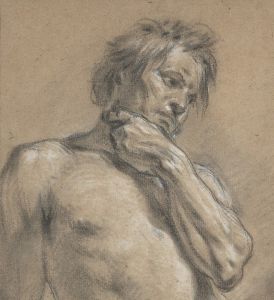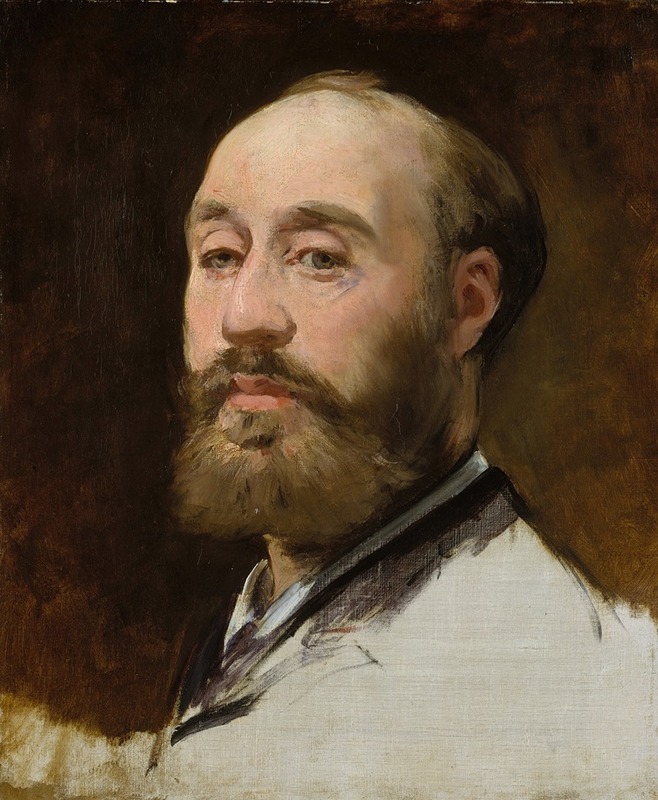
Head of Jean-Baptiste Faure
A hand-painted replica of Édouard Manet’s masterpiece Head of Jean-Baptiste Faure, meticulously crafted by professional artists to capture the true essence of the original. Each piece is created with museum-quality canvas and rare mineral pigments, carefully painted by experienced artists with delicate brushstrokes and rich, layered colors to perfectly recreate the texture of the original artwork. Unlike machine-printed reproductions, this hand-painted version brings the painting to life, infused with the artist’s emotions and skill in every stroke. Whether for personal collection or home decoration, it instantly elevates the artistic atmosphere of any space.
Édouard Manet, a pivotal figure in the transition from Realism to Impressionism, painted "Head of Jean-Baptiste Faure" in 1877. This work is a portrait of Jean-Baptiste Faure, a renowned French operatic baritone of the 19th century. Faure was not only celebrated for his vocal talents but also known for his patronage of the arts, particularly his support of contemporary artists like Manet.
Manet and Faure shared a mutual respect and friendship, which is evident in the number of portraits Manet created of the singer. "Head of Jean-Baptiste Faure" is one of several works that capture Faure's likeness, showcasing Manet's skill in portraiture and his ability to convey the personality and presence of his subjects. The painting is executed in oil on canvas, a medium Manet frequently employed, allowing him to explore the nuances of light and shadow.
In this particular portrait, Manet focuses on Faure's head, capturing his features with a sense of immediacy and vitality. The brushwork is characteristic of Manet's style during this period, marked by loose, expressive strokes that suggest form and texture without excessive detail. This approach aligns with the Impressionist movement's emphasis on capturing the essence of a subject rather than rendering it with photographic precision.
The background of the painting is typically subdued, directing the viewer's attention to Faure's face. Manet's use of color is both restrained and effective, with a palette that enhances the natural tones of Faure's complexion. The portrait reflects Manet's interest in the interplay of light and shadow, a technique he mastered to give depth and dimension to his subjects.
Jean-Baptiste Faure was an influential figure in the Parisian art scene, and his support of Manet and other artists of the time was significant. Faure's collection included works by Manet, and his patronage helped to elevate the status of Impressionist artists, who were often marginalized by the traditional art establishment. This relationship between artist and patron is emblematic of the broader cultural shifts occurring in France during the late 19th century, as new artistic movements began to challenge established norms.
"Head of Jean-Baptiste Faure" is a testament to Manet's ability to capture the character and essence of his subjects, as well as his innovative approach to painting. The portrait not only serves as a representation of Faure but also as a reflection of the dynamic relationship between artist and patron during a transformative period in art history. Today, Manet's portraits of Faure are appreciated for their artistic merit and historical significance, offering insight into the lives and relationships of two prominent figures of their time.
The painting is part of a broader body of work that highlights Manet's contributions to modern art, bridging the gap between traditional techniques and the emerging Impressionist style. Through his portraits, Manet not only documented the individuals of his era but also captured the spirit of a time marked by change and innovation in the arts.





